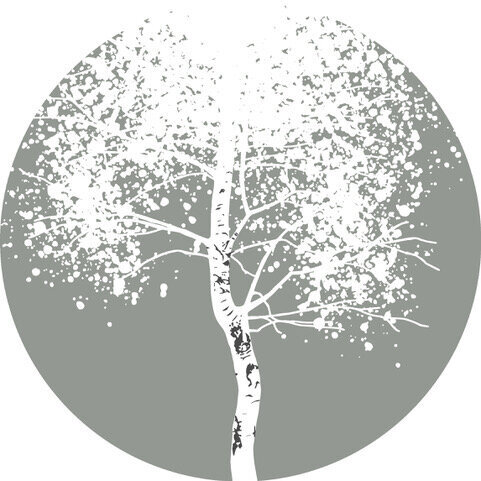What's the buzz? Bhramari Pranayama.
/Bhramari, also known as buzzing or humming breath is a wonderful, soothing pranayama practice. Bhramari is a Sanskrit word derived from bhramar, which means “humming black bee.”
By generating a soft buzz or hum we elongate the exhalation. By now you will know that elongating the exhalation puts our bodies into parasympathetic nervous system dominance; meaning we are able to rest and digest and feel calm.
How to practice
Sit comfortably with your spine elongated. When first practicing bhramari, making an actual buzzing sound helps; 'bzzz'. You might then try softening the buzz into a hum by gently closing the lips half way along the buzzing breath so that they are softly resting together but with a space between the teeth. This gives you the impression of how the hum can be created in your final practice by keeping a space between the teeth, the jaw relaxed and the lips lightly touching. Try to control the exhalation; maintaining a steady, smooth, even and continuous sound and energy. Each inhalation should be taken slowly and steadily between rounds rather than being sucked in.
You can play with the pitch and volume. My preference is for a deep sound in which I find the vibrational quality is enhanced, whilst a higher pitch takes the vibration into the skull but for some reason offends my ear! We are all different, so have a play and see what you prefer. You can even practice silently by imagining that you are creating the hum.
Mudras
This beautiful practice can be done using hand mudras or gestures. The bhramara mudra requires one to fold the index finger into the base of the thumb and to rest the tip of the thumb onto the edge of the middle finger nail. In this mudra, that hands can be rested on the belly and the base of the throat or chest which can enable one to feel the vibrational quality of the breath.
Bhramara Mudra
A second mudra suggests placing the index fingers in the ears; lightly closing the cartilaginous flap at the base of the ear, rather than inserting them into the actual ear canal. The thumbs can rest against the lower jaw and the elbows rest downwards for comfort. This shuts out sounds from outside of ourselves. It deepens the sound within and really enhances the vibration in the head. This mudra can cultivate a deeply relaxing and comforting practice.
A third position is called Shanmukhi mudra and is used to reduce sensory input. This can be challenging and less comfortable, particularly if you feel vulnerable in any way. The thumbs are pressing the cartilaginous flap in the ears this time, the eyes are closed with the index finger resting on the upper orbit of the eye and the middle finger on the lower orbit (the orbit referring to the orbital bone surrounding the eye). The ring fingers rest between the nose and the top lip and the little fingers under the lower lip.
Shanmukhi mudra
Benefits
As practicing bhramari shifts the autonomic nervous system into parasympathetic dominance, the practice reduces stress, anxiety and anxious depression in particular. The sound helps to shut out mental stimulation, switching off the ruminating mind. A lower pitch can be more calming or a silent practice that can be done at any time; even on your commute to work or in the office when you are feeling stressed!
When the sinuses are blocked, the vibrations from bhramari help to clear the head. It can help to create a higher pitched sound for this.
If suffering from insomnia, practicing at night using shanmukhi mudra and a lower pitch can be useful.
Whilst there is no scientific evidence, bhramari is thought to help stimulate the thyroid especially if practiced in conjunction with jalandhara bhanda (throat lock) as this directs the vibrations to the throat. Try a medium pitched sound.
During pregnancy, Bhramari can be a wonderfully soothing breath. One client I had practiced often during her pregnancy so that when her baby was born, she could use it to sooth the baby; no doubt because the baby had also benefited from the vibrations within the womb.
When practicing a particularly challenging stretch, bhramari can help to relax the body and therefore soften the stretch. I find it particularly beneficial during king pigeon but it is not advisable to practice bhramari when lying on your back.
If this is your first exploration of Bhramari, I recommed 5 to 10 rounds initially, building this up to 10 to 15 minutes per day; particularly if you wish to use it to good effect. Have a play and enjoy!
Namaste.
NATURA APIS by J.R.R. Tolkein
The night is still young and our drinks are yet long,
The fire's burning bright and here brave is the throng,
So now I will sing you a sooth little song
Of the busy brown bee - with a ding and a dong.



